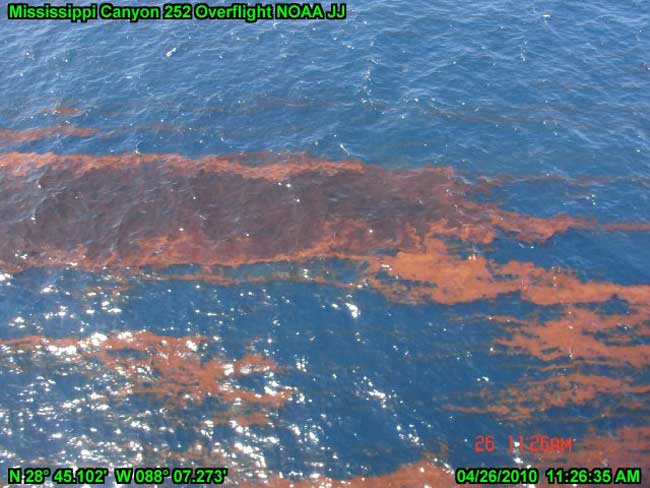Nuke the Gulf Oil Gusher, Russians Suggest

Using a nuclear explosion to try to plug the gushing oil well in the Gulf of Mexico might sound like overkill, but a Russian newspaper has suggested just that based on past Soviet successes. Even so, there are crucial differences between the lessons of the past and the current disaster unfolding.
The Russians previously used nukes at least five times to seal off gas well fires. A targeted nuclear explosion might similarly help seal off the oil well channel that has leaked oil unchecked since the sinking of a BP oil rig on April 22, according to a translation of the account in the daily newspaper Komsomoloskaya Pravda by Julia Ioffe of the news website True/Slant.
Weapons labs in the former Soviet Union developed special nukes for use to help pinch off the gas wells. They believed that the force from a nuclear explosion could squeeze shut any hole within 82 to 164 feet (25 to 50 meters), depending on the explosion's power. That required drilling holes to place the nuclear device close to the target wells.
A first test in the fall of 1966 proved successful in sealing up an underground gas well in southern Uzbekistan, and so the Russians used nukes four more times for capping runaway wells.
"The second 'success' gave Soviet scientists great confidence in the use of this new technique for rapidly and effectively controlling ran away gas and oil wells," according to a U.S. Department of Energy (DOE) report on the Soviet Union's peaceful uses of nuclear explosions.
A last attempt took place in 1981, but failed perhaps because of poor positioning, according to a U.S. Department of Energy report.
Komsomoloskaya Pravda suggested that the United States might as well take a chance with a nuke, based on the historical 20-percent failure rate. Still, the Soviet experience with nuking underground gas wells could prove easier in retrospect than trying to seal the Gulf of Mexico’s oil well disaster that's taking place 5,000 feet below the surface.
Get the world’s most fascinating discoveries delivered straight to your inbox.
The Russians were using nukes to extinguish gas well fires in natural gas fields, not sealing oil wells gushing liquid, so there are big differences, and this method has never been tested in such conditions.
Besides the possibility of failure, there are always risks when dealing with radiation, though material from the DOE report suggests these are minimal since the radiation would be far underground.
- 7 Surprising Uses of Oil
- Top 10 Greatest Explosions Ever
- Top 10 Worst Oil Spills
 Live Science Plus
Live Science Plus






